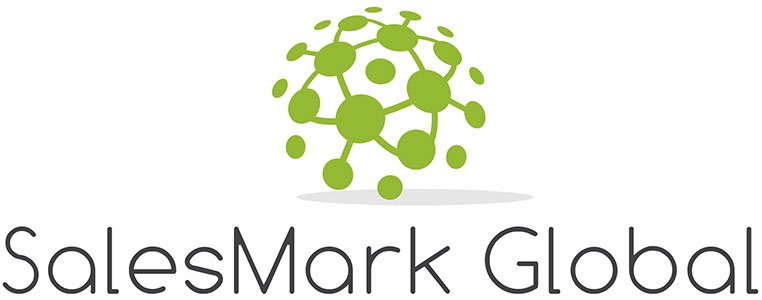Mastering Outbound Sales: Avoiding Common Mistakes
Explore the key pitfalls hindering outbound sales success and learn how to overcome them.
Table of contents
1. Excessive Use of Discounts and Promotions
2. Prioritizing Prospects Over Customers
3. Lack of a Standout Value Proposition
Conclusion
Building personal relationships and closing deals rapidly has always been the client’s greatest demand in the area of outward sales. Yet even the most skilled sales team with good intentions is faced with some challenges that make them not as productive as they could be. Today we will focus on the three most common mistakes and give the reasons for their existence.
1. Excessive Use of Discounts and Promotions
Leaning heavily on coupons and discounts, inbound marketing can be like the sharp edge of a sword with two sides. Obviously, discounts can be utilized to secure a sale or deal in the moment but will therefore diminish the perceived value of your offering. Imagine this: if you slash prices too often, customers may assume that there is some problem with your product or service. Similarly, if you overdo the promotions, they may start expecting discounts all the time. Which might turn out to be a problem for you if you want to sell the product at full price.
Instead of using discounts as the strategy of the first choice, try to emphasize why your offer is a unique and worthwhile option. What problems is it focused on solving? Does it help to solve specific problems that your customers are having? Instead of arguing about the pricing, the customer is more likely to agree on the value you are supplying them. Living up to this means that the customers will be ready to pay full price if they recognize the true value of what you’re selling. This way, you will not have a reason to sacrifice your margins.
2. Prioritizing Prospects Over Customers
Usually, an outbound sales case has the ideology of ignoring present customers in favor of gaining new ones, which is a typical error. Indeed, widening your market share is imperative, while neglecting those customers who keep purchasing your products or services might well turn out to be counterproductive. In a nutshell, your loyal customers constitute real treasure that is still lying there hidden. This will prompt customers to return and share their experience with other people.
In order to avoid that kind of mistake, it is mandatory to divert both attention and some of the resources towards fostering the loyalty of existing customers. Appoint them as your VIP customers; respond to their needs by giving them excellent customer service, keeping in touch with them regularly, and offering them some courtesy rewards from time to time. In addition to making them happy, you increase their potential to repeat your purchase and become profitable customers. Ultimately, it leads to a growth pattern that will stand the test of time and will compel your customers to stay with you for a long time to come.
3. Lack of a Standout Value Proposition
In the cutthroat sales industry, with lots of companies fighting for clients, you need to make sure the traits that make you stand out are employed against your competitors. Imagine this: You are a shopper at a busy market that is also a place where producers are competing with one another, and each one is trying to be more attractive than the rest. The competition is very tough; how will you make your brand stand out from all the other brands in the market? In this case, a USP that differentiates and sets the business apart becomes of the highest importance.
Picture your USP as your magic bullet that comes with a unique angle that separates your product or service from the others. It is what sets your product apart and grabs customers’ attention, stirring their curiosity about what is on offer. A USP that is vague and lacks flair could be the one that sinks your efforts while failing to attract potential buyers.
In a nutshell, what are the measures to avoid the above-mentioned pitfall? It’s simple: apart from all the tools and services on offer, take time to understand what makes your product stand out. Is it the outstanding quality or superiority that you claim? Maybe it’s the cutting-edge functionality that puts your product on the map, or perhaps it’s the practical application that leads your customers to marvel at your invention. Or maybe the outstanding customer-friendly service specializes in the clientele.
When you have determined your USP, be certain to make it the center of attention in your communications to sales. Highlight the strengths of your product, explaining why it is the superior option for customers. By focusing on your USP as the essence of your pitch, you will capture audience attention, stimulate interest, and, in the end, satisfy the needs of customers who are seeking something out of the ordinary.
Conclusion
Avoiding mistakes is one of the most important things when it comes to outbound sales. Sales operatives can maximize their performance and unveil a better business fortune by staying away from blows such as over-dependence on price cuts, disregard for existing customers, and having an unclear USP. Through offering high-value propositions, fostering strong relationships, and distinguishing from competition, companies can employ outbound sales with ease of mind and easily attain the financial targets they aim for.
Visit Our SalesMarkBlog Section to Uncover the Sales Strategies That Ignite Your Sales Journey!





